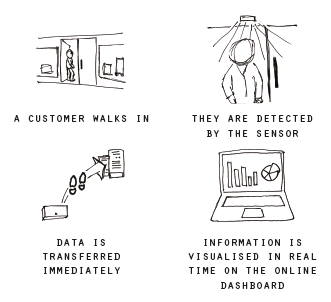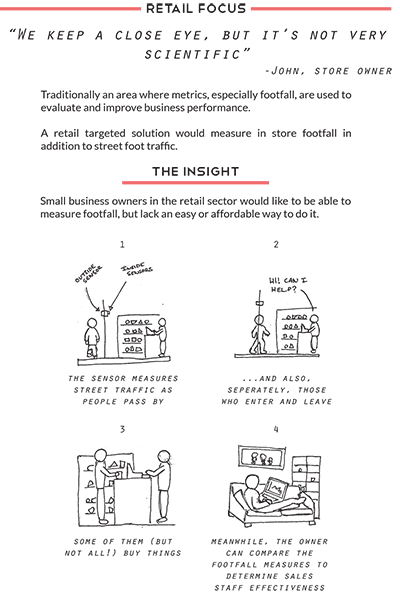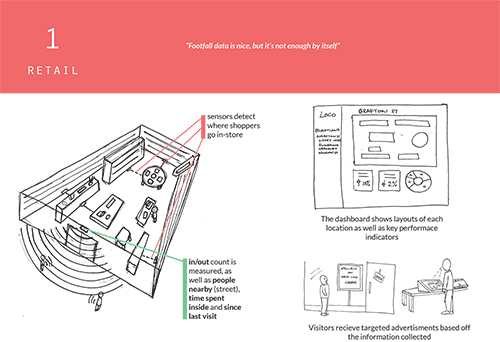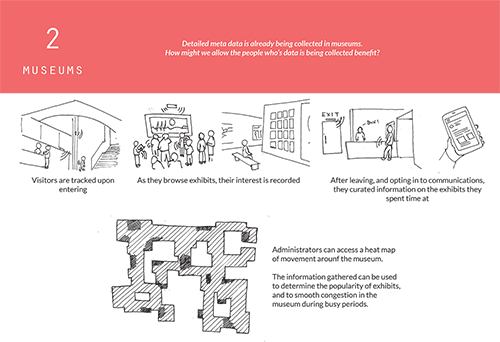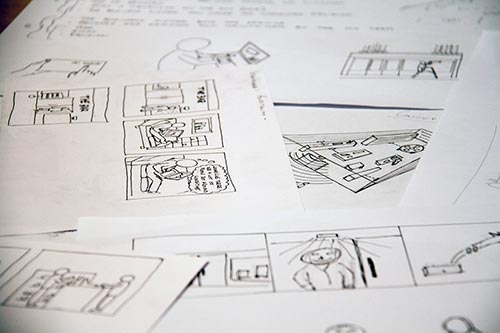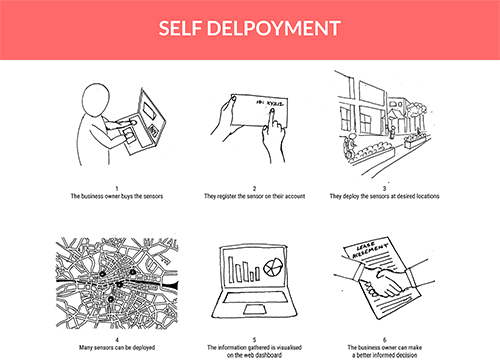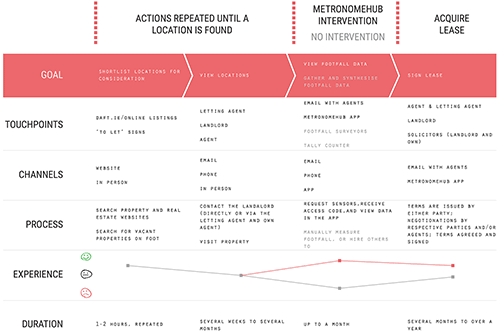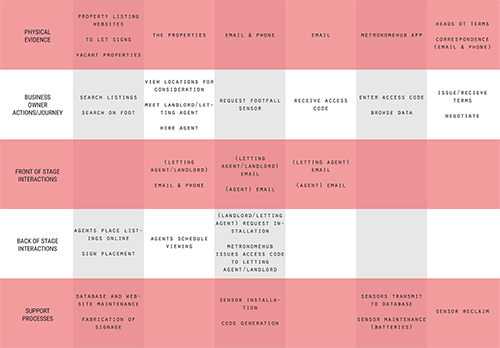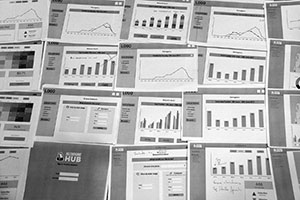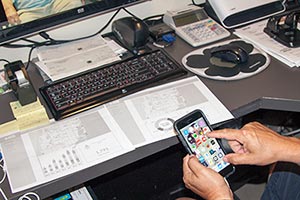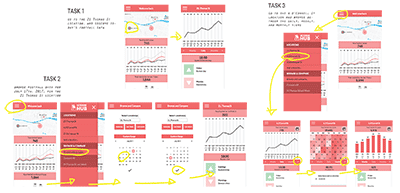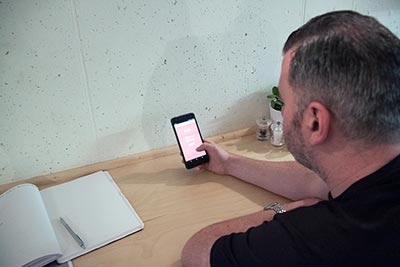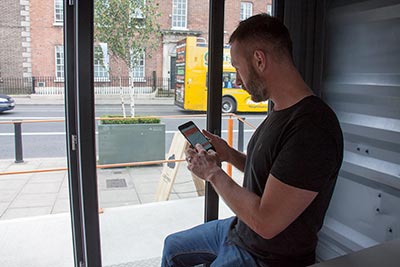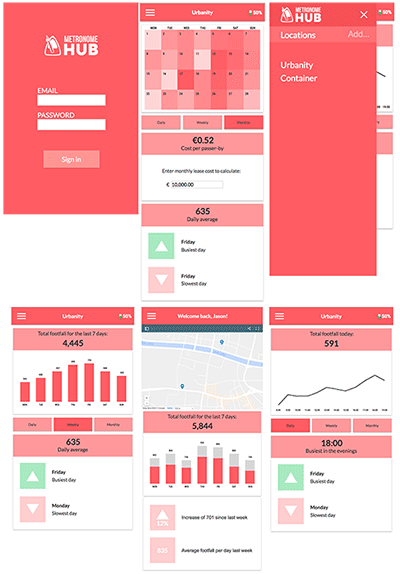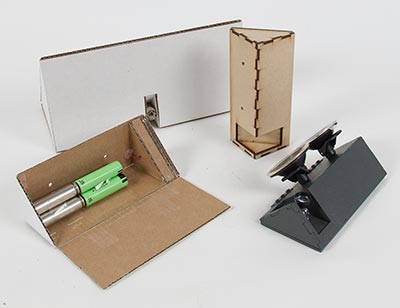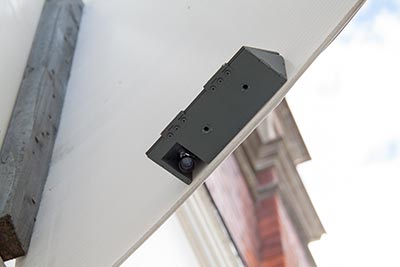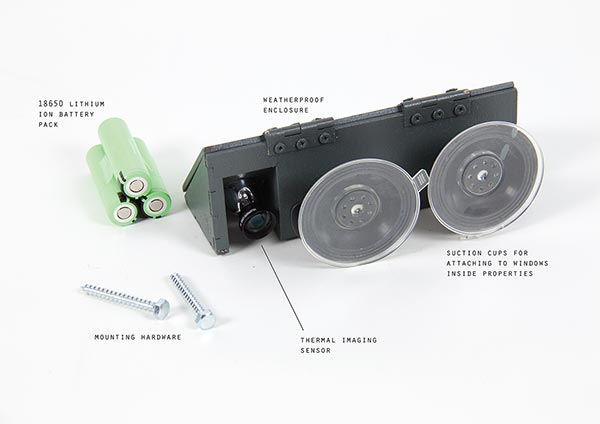Background
Project Duration: 2.5 Months
Software Used: Premier Pro, Illustrator, Photoshop, Sketch, Axure, MailChimp
Tasked with setting my own brief, I chose to combine elements of UI/UX and physical computing. While looking for a design opportunity, I discovered (anecdotally), that some small business owners were relying on archaic methods to measure footfall.
I produced two physical documents for this project: a proposal and a design rationale (long pdf; opens in a new tab).
Research
My research began by looking to validate the problem statement I had set myself:
Busy business owners with multiple locations lack an easy and affordable way to track footfall.
I conducted semi-structured interviews with the owners of small businesses. Respondents were primarily from the food and drinks side of hospitality, as well as some retailers.
After unpacking the research from interviews, the key insights that I found were:
A desire to import data from other metrics for comparison, and integration with existing metrics
The possibility to browse historical data
Manual counting is slow and unreliable
Concepts
I took my initial concept, a system for tracking and reporting the numbers entering a business, and adapted it to the two business sectors I had engaged in research. I also explored other potential uses for footfall information, in museums, and in retail.
At this stage the project suffered a setback: only respondents in the hospitality sector were willing to take part in prototyping and testing, but the type of tracking I had outlined in the concept only received a lukewarm reception.
I then returned to my research and focused my efforts on the third insight, that counting is slow and unreliable.
While presenting the concepts to business owners, several described their frustation gathering footfall data when trying to choose a location, and one person who was reviewing my concepts actually described how they had been hired to stand around with a tally counter, and instead submitted fake information and went to the pub!
This led me to pivot to my chosen concept: footfall tracking around the city, which would measure and report footfall.
Stakeholder feedback indicated that a service would be more appropriate, due to privacy concerns, and maintenance of the devices. The information would then be sold to the business owner as a service.
Further Research
I surveyed locations to inform the design considerations for the physical device, as well as the technologies necessary to realise it.
I interviewed estate agents and landlords to get a better understanding of the commercial leasing process, and to understand where this service would fit in.
Prototyping
After sketching out ideas for the UI component, I created low fidelity wireframes of a web and phone app interface to test with business owners. I used digitally designed wireframes, printed on paper so participants could draw directly on them. This allowed me to determine:
- The hierarchy of key perfomance indicators.
- Which data visualisations delivered the most meaning, and which should be omitted.
- That a phone app alone was preferred/there was no need for a desktop version.
I then proceeded to higher fidelity interactive prototyping, setting specific tasks for users.
At this point I received feature suggestions which were implemented and tested with other testers as I iterated the higher fidelity interactive prototype.
For the measurement device itself, I rapidly prototyped using cardboard, and then later with MDF board, testing it on letting signage and inside of businesses.




